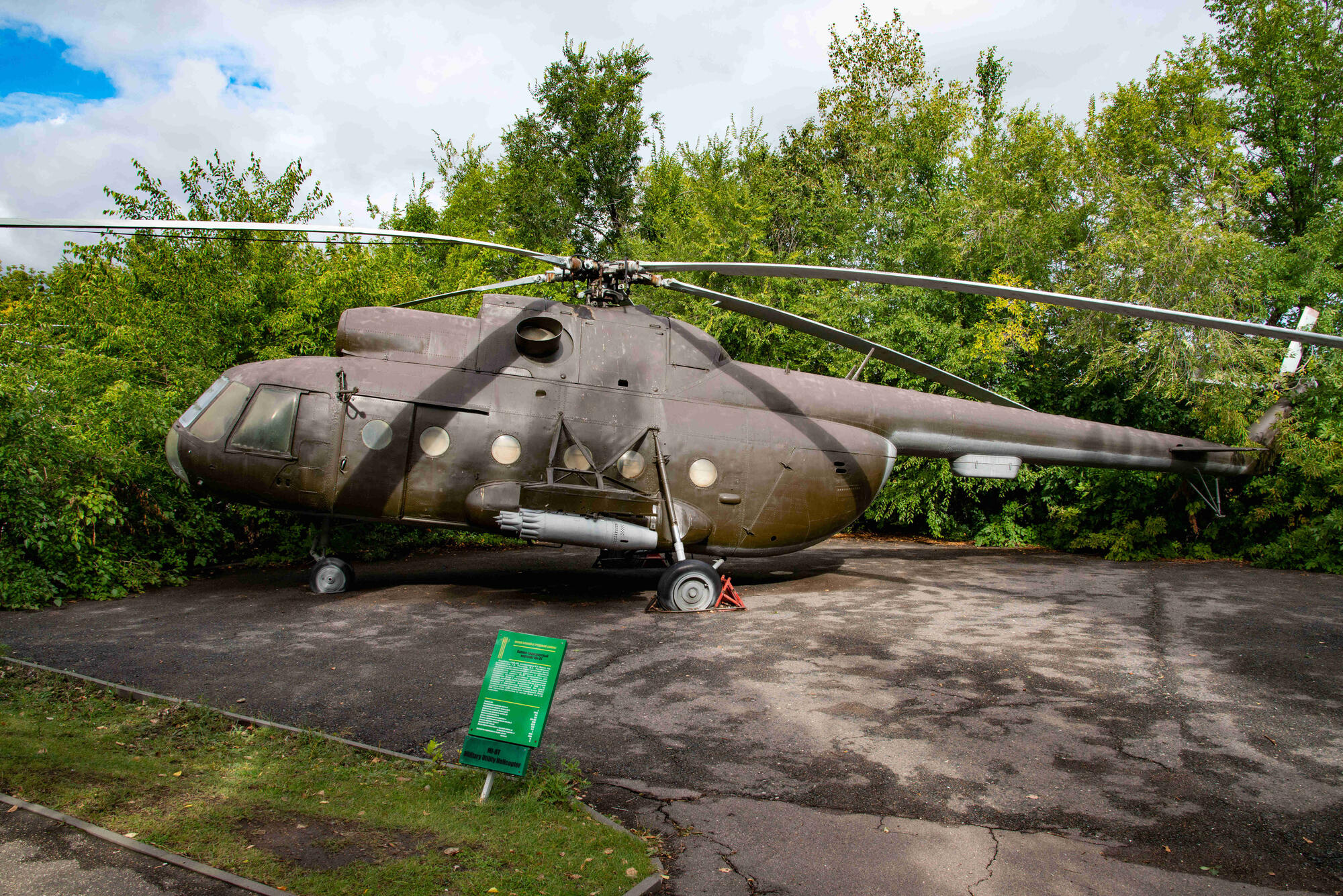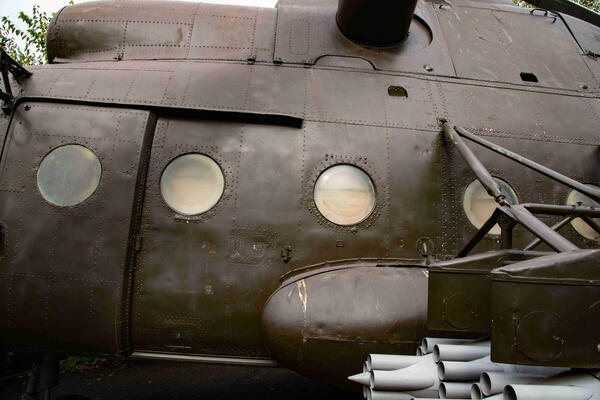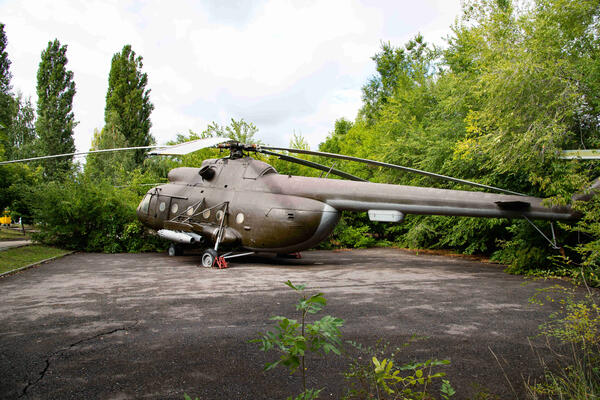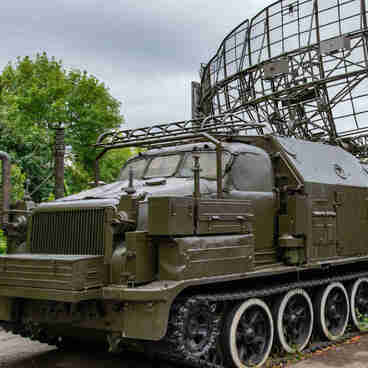The Mi-8T assault transport helicopter was developed in the OKB-329 design bureau of Mikhail Leontyevich Mil. It entered service with the Soviet Army Air Forces in the late 1960s. When designing the helicopter, the focus was made on achieving high reliability, efficiency, and ease of maintenance and operation.
The Mi-8T was designed to transport people and cargo, as well as to support tactical landing troops with light and crew-served weapons, and evacuate the sick and wounded. The helicopter of this modification was able to carry on board 32 paratroopers, as well as cargo weighing up to four tons, which was placed in the cargo cabin.
The Mi-8T helicopter was used both for transporting mail, and during building and construction works, including in hard-to-reach areas. It was designed with a single five-bladed main rotor and three tail rotor blades.
The existing modifications of the helicopter were equipped with an electric winch. It allowed to lift and lower loads weighing up to 150 kg by using an electrically operated hoist. The helicopter was fitted with two turboprop engines, each had a take-off power of 1500 hp. It ensured high flight safety. It was also possible to continue flying even if one of the engines failed.
The armed version of the Mi-8T assault transport helicopter was capable of hitting enemy targets with unguided weapons, for example, a number of rocket pods with unguided rockets and aerial bombs with a total weight of up to one ton. “Swatter” guided anti-tank missiles could also be used.
The helicopter was equipped with passive and active fire protection. Longitudinal and transverse fire-proof panels divided the engine section into three compartments: the left engine, the right engine, and the main gearbox. The active fire-fighting system supplied the compartment on fire with fire-extinguishing liquid from four cylinders.
The helicopter crew consisted of two pilots and a flight mechanic. The Mi-8T was widely used during the war in Afghanistan. In addition, it was used by Aeroflot (the largest airline of the Russian Federation). Over the years of its use and production, the Mi-8T was constantly upgraded. Since 1965, it was manufactured at the Kazan and Ulan-Ude Aviation Plants.
The Mi-8T was designed to transport people and cargo, as well as to support tactical landing troops with light and crew-served weapons, and evacuate the sick and wounded. The helicopter of this modification was able to carry on board 32 paratroopers, as well as cargo weighing up to four tons, which was placed in the cargo cabin.
The Mi-8T helicopter was used both for transporting mail, and during building and construction works, including in hard-to-reach areas. It was designed with a single five-bladed main rotor and three tail rotor blades.
The existing modifications of the helicopter were equipped with an electric winch. It allowed to lift and lower loads weighing up to 150 kg by using an electrically operated hoist. The helicopter was fitted with two turboprop engines, each had a take-off power of 1500 hp. It ensured high flight safety. It was also possible to continue flying even if one of the engines failed.
The armed version of the Mi-8T assault transport helicopter was capable of hitting enemy targets with unguided weapons, for example, a number of rocket pods with unguided rockets and aerial bombs with a total weight of up to one ton. “Swatter” guided anti-tank missiles could also be used.
The helicopter was equipped with passive and active fire protection. Longitudinal and transverse fire-proof panels divided the engine section into three compartments: the left engine, the right engine, and the main gearbox. The active fire-fighting system supplied the compartment on fire with fire-extinguishing liquid from four cylinders.
The helicopter crew consisted of two pilots and a flight mechanic. The Mi-8T was widely used during the war in Afghanistan. In addition, it was used by Aeroflot (the largest airline of the Russian Federation). Over the years of its use and production, the Mi-8T was constantly upgraded. Since 1965, it was manufactured at the Kazan and Ulan-Ude Aviation Plants.




